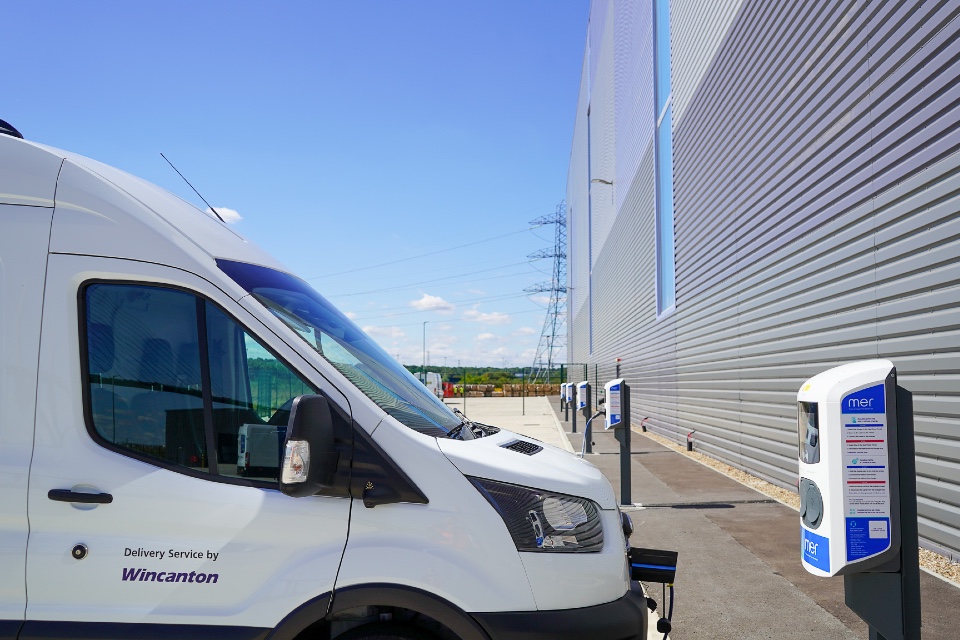By Simon Turner, Campaign Manager for Driving for Better Business
“There will always be risks associated with driving. Although these cannot be completely controlled, an employer has a responsibility to take all reasonable steps to manage these risks and do everything reasonably practicable to protect people from harm in the same way as they would in the workplace.” – Health & Safety Executive
Are you new to the role of managing drivers and a fleet of company vehicles – or have you been doing it for a while but wondering if all is well?
Driving for work is statistically the most dangerous activity most employees undertake. Up to a third of all road traffic incidents involve someone who is driving for work at the time – accounting for some 500 fatalities and almost 40,000 injuries a year.
The Health and Safety at Work Act 1974 treats a vehicle driven for work as an extension of the workplace.
This means that you need to establish a comprehensive driving for work policy. Once you have a policy, it must be communicated effectively, reviewed regularly and updated as necessary.
So where do you start?
New resource: free Driving for Work Policy Builder
The risk-management experts at Driving for Better Business, the free programme from National Highways, have just launched a brand-new online driving for work policy builder to help ensure you have a legally compliant driving for work policy.
There are four ways the new Driving for Work Policy Builder can help you:
1: Not got a policy? Create a new policy using fully-editable pre-written templates
2: Not sure your policy is OK? Review it against good practice examples
3: Sometimes forget to review it? Set an annual reminder to review your policy
4: Just want updates? Automatic alerts when guidance or legislation changes
Why companies need a driving for work policy:
- It is a legal requirement: the law says all companies must have policies and procedures to minimise risk – and that includes the recognised risks around driving. In the event of a serious incident, a company must be able to produce documentary proof that the organisation has taken reasonable steps to protect drivers and other road users.
- It makes good business sense. Poorly managed drivers will cost companies more: higher insurance, increased servicing and maintenance costs, more speeding tickets and greater fuel use.
- It is the right thing to do so that staff and other road users get home to their families safe and well at the end of each day.
“We spotted a rising trend in online searches where users were looking for guidance on safe operation of employees out on the road,” says Simon Turner, Campaign Manager for Driving for Better Business. “Proof of a driving for work policy that meets legal and compliance standards is also increasingly becoming a requirement when tendering for new work.
“Our Driving for Work Policy Builder has the potential to deliver a huge positive impact on how employers think about driver safety – especially those, and there are many, that currently have no driver policy at all. It will help employers create, review, and update their own policy and it will cover all the key relevant risks for managing policies, drivers, vehicles and journeys. With a template and checklist, it covers all the key risks of most fleets, and can be adapted to individual companies.”
What should be included to meet legal and compliance standards?
- A statement explaining why the policy exists and why it is important that drivers follow it.
- A section covering licence checks, medical conditions, driver competence and fitness to drive including impairment, fatigue and wellbeing.
- A vehicle section including roadworthiness, loading, security, private use of vehicles and towing, if applicable.
- A journey section including driving standards, use of mobile phones, dealing with fines and penalties, and what to do in the event of a collision or breakdown.
- There’s no ‘one policy fits all fleets’. Users must check the policy wording and amend where necessary – for example to include transporting hazardous goods.
Getting driver buy-in to a Driving for Work Policy
- It must be realistic, consistently applied, and reinforced regularly.
- Bring drivers in at an early stage: let them identify the risks in their journeys and how they might be avoided.
- Drivers need to see how it benefits them, that it can be easily followed, and that other things won’t interfere with their ability to comply.
- The rules apply to everyone in the business: directors as well as van drivers.
- Reinforcing the policy, reviewing compliance, and demonstrating the benefits that have been achieved, will help ensure everyone understands its importance.
Driving for Work Policy: keeping it up to date
- To be legally compliant, a policy needs to be up to date and reviewed regularly. The policy must be owned by a director or similar senior manager who has overall responsibility for creating, communicating and reviewing it, as well as monitoring compliance.
- Driving for Better Business works closely with the Health & Safety Executive, Driver and Vehicle Standards Agency, Department for Transport, TSO (which produces the Highway Code) and National Highways, and will provide authoritative and timely updates whenever official guidance or legislation changes that affect a driver policy, as well as an annual reminder to review your policy to make sure it remains current and legally compliant.
To sign up for the new Driving for Work Policy Builder: https://www.drivingforbetterbusiness.com/driving-for-work-policy-tool-sign-up-for-updates
You can read more on the business case for reducing road risk in organisations, here: https://www.drivingforbetterbusiness.com/business-benefits/









